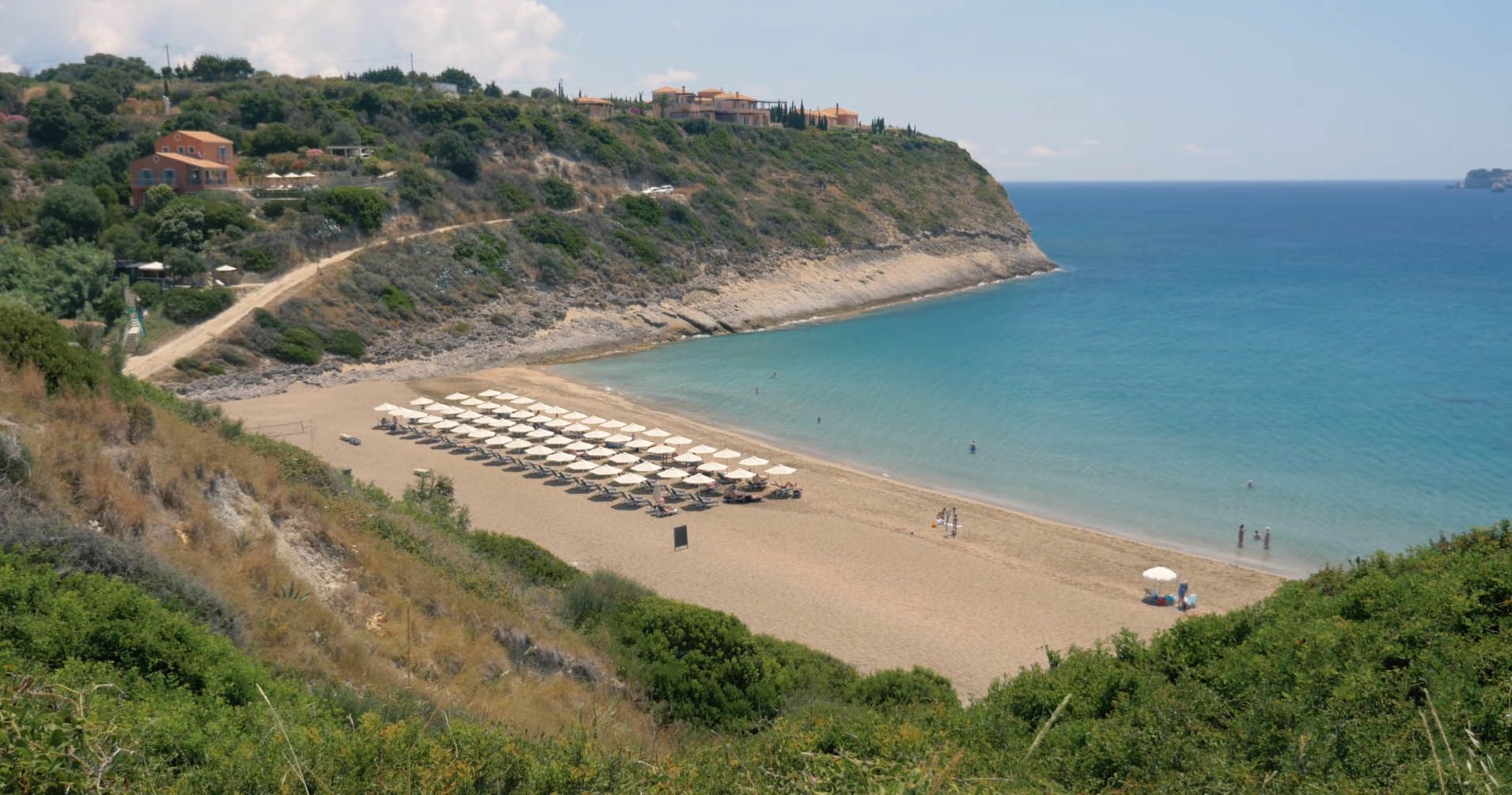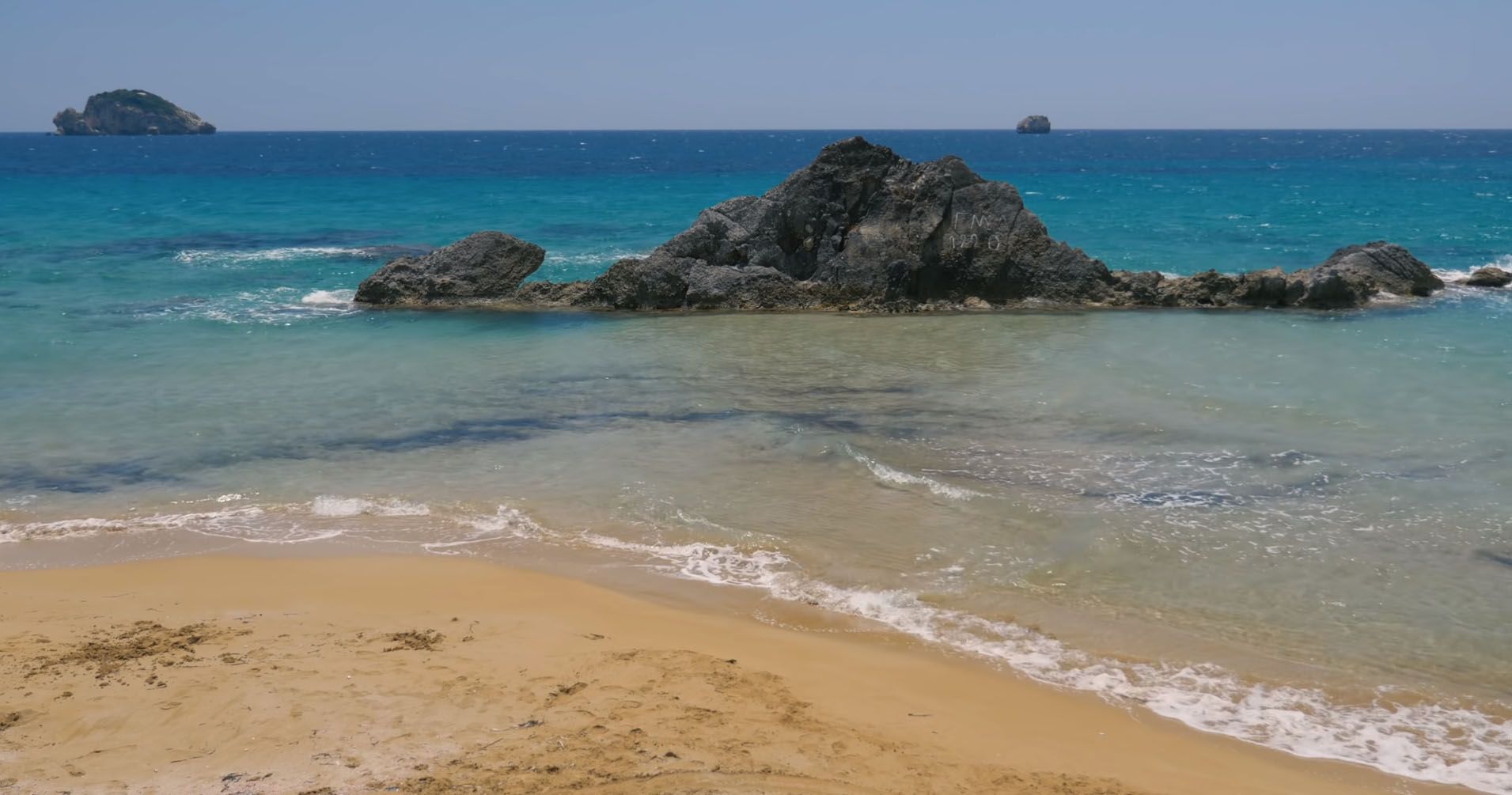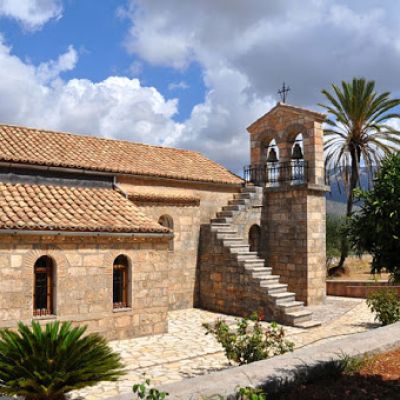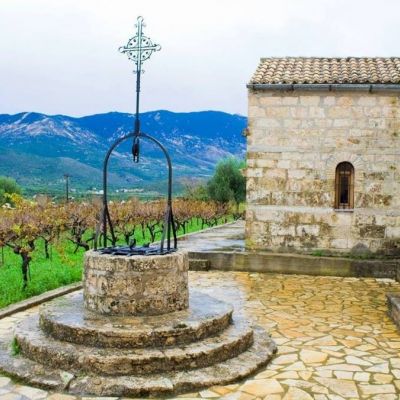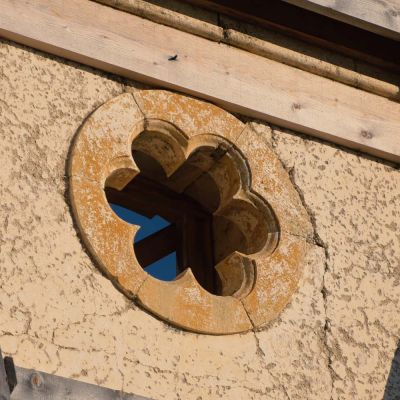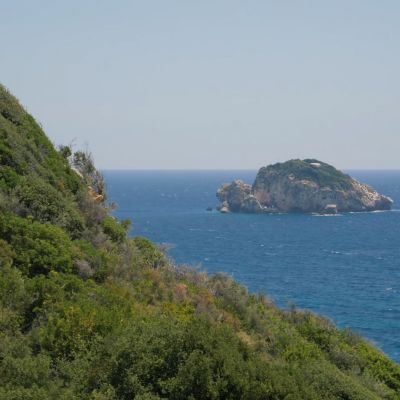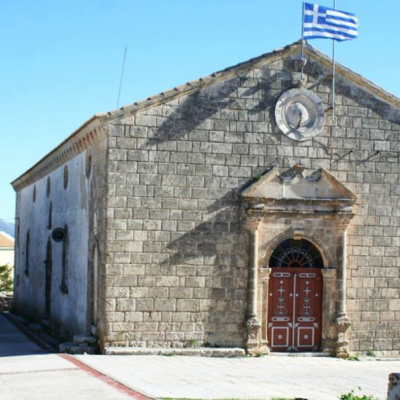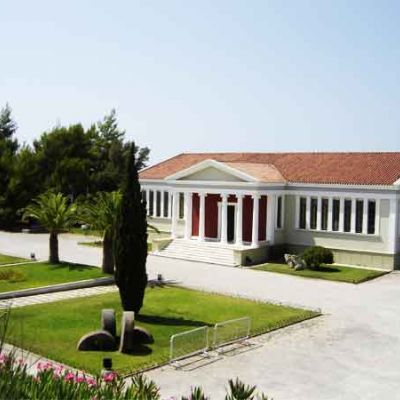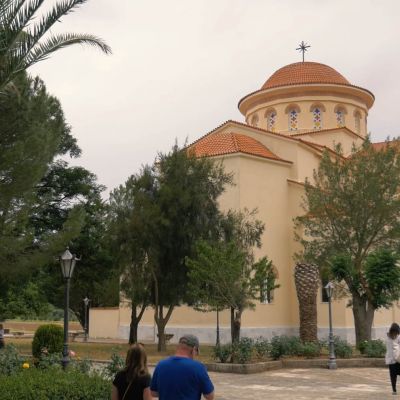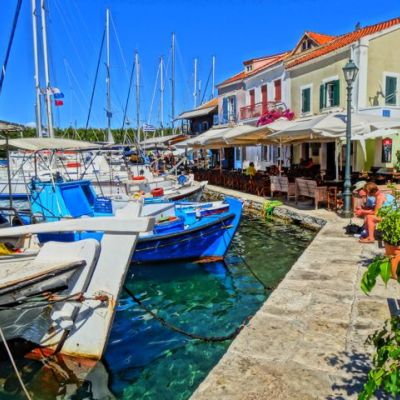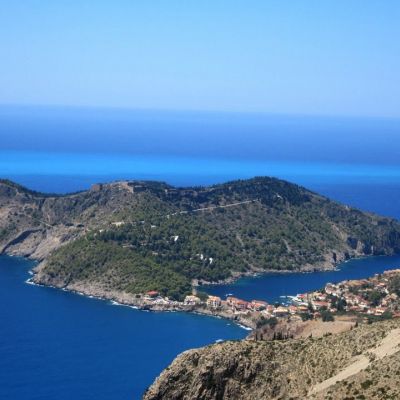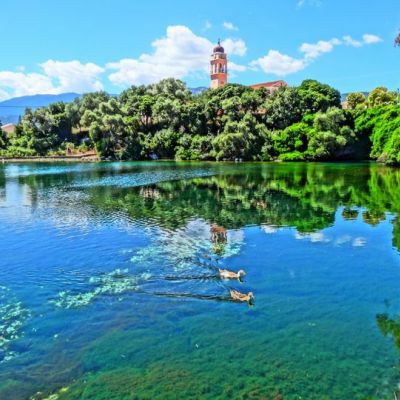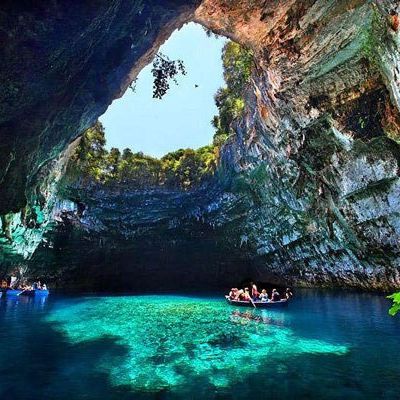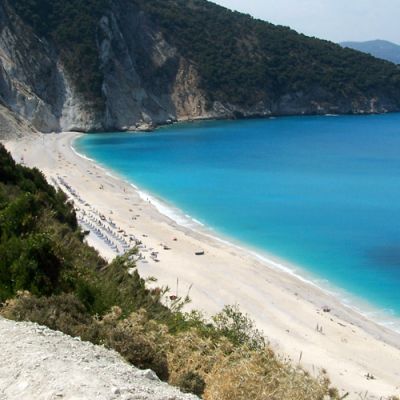Lakithra • Livathos Area • Kefalonia
The Village of Lakithra has striking views over most of the Livatho Region.
A region with outstanding natural beauty which lies over the south western part of Kefallinia, the larger and prettier island of the Ionian Sea.
Every village has a story, every corner has a memory. History with tradition and present with evolution give the character of a “noble” area with rich cultural tradition.
The extinguishing character of Livatho consists of the divine sandy beaches, in combination to flat and mountainous regions, and attracts lots of visitors and guests who are compensated for their choice by the natural beauty.
Some other interesting places of our municipality are the archaeological sites, the traditional villages & the outstanding churches.
The municipality of Livatho, being a place with rich cultural tradition, can display diversity and quality in its cultural activities.
General Information
The municipalities of Upper, Lower Livatho & Ikosimia, were formed in 1866, as a part of Kranea Province.
In 1869, all three municipalities were united, composing the municipality of Livatho, which constituted an A class municipality, based on its population (11.972 residents) having Metaxata town as capital.
Following successive changes of boundaries and emblems, the municipality’s boundaries were fixed on the same ones of 1869.
Livatho’s residents started traveling early on, as a result, there was a fleet of 300 ships at the area, 90 of which were owned by the Spartines.
A large commercial network was shortly developed by the residents of Livatho, at the Mediterranean Sea as well as at the Sea of Marmaras, which as a result turned their villages into some of the most prosperous in the Island.
Geographic Presentation
On the west of Livathos borders on the Argostoli Municipality, on the north on the Argostoli Municipality and Omalon Community, on the east on the Eliou Pronon Municipality, while the southern part is beside Ionian Sea.
The natural border with the northern regions is the mountain of Enos, which provides the area with ample water and the conditions for very fertile ground.
The rich physical characteristics of Livatho make it a place of unforgettable experiences. The upper Livatho area combines picturesque mountainous and coastal areas with the villages extending from the south foot of Enos to the Ionian Sea.
Additionally, Enos is known for the “black fir-tree”. At lower Livatho the natural environment is absolutely harmonized with the man-made characteristics.
Livatho Villages
-
Vlachata
The village is built at the side of Enos mountain. “Ayia Marina” ("Santa Marina") church survived the 1953 earthquake
-
Dorizata
A small, quiet village, the origin of the distinguished archbishop Gerasimos Dorizas (III). The road connecting Krania to the Upper Livatho villages was constructed at the period of the English holding.
-
Kaligata
Admire the beautiful, baroque (1804) wooden sculptured iconostasis and the impressive bell-tower, at the Virgin Mary church, an 18th century building. This was the origin of the archbishop of Kefallinia and later of Athens, Germanos Kaligas, as well as the distinguished university professor Pavlos Kaligas.
-
Karavados
The small, picturesque village, with yards full of flowers, where there is the church of Saints Konstantinos & Eleni, with the only marble iconostasis on the island. Do not forget to stop at the idyllic plane tree area and drink fresh spring water outside the village, descending to “Ayios Thomas” (Saint Thomas) beach.
-
Keramies
The name of the area may originate from an old ceramics workshop.The Russian “Ayios Vasillios” (Saint Vassilios) temple is of important value. The village is the origin of the well –known shipowning families of Valiani and Likiardopouli.
-
Kourkoumelata
A beautiful village. The elaboratye buildings, the modern village planning and the artistic gardens, compose an idyllic environment, which is considered the most beautiful in Balkans. The 1953 earthquakes totally destroyed it. It was reconstructed thanks to the donation of Georgios Vergotis who gifted the newly-built houses to the land owners.
-
Lourdata
A village filled with country houses and gardens within only half –a-kilometer distance from Lourdas beach. The above beach is unique because of the ample springs and the numerous vegetable and tree gardens. The “Ayia Paraskevi” country church with the unique, 14th century hagiographies, just above the village square, is worth visiting
-
Metaxata
This has for years been the chair of Kefallinia archbishops. Lord Byron stayed at the house of Stravolemos Metaxas (the doctor of Ali pasha) for about four months, before heading to Messologi. The famous archaeologist Marinatos, excavated three Minoan graves at “Chalikera” area in 1953.
-
Moussata
It is one of the Ikosimia villages (like Vlachata and Simotata), known for its honey of coniferous trees and thyme, the sweet-smelling country bread, as well as the two remaining olive material (of old-type oil press) and woven rugs workshops.
-
Ntomata
You may visit the church of “The Presentation of the Virgin Mary”, ih an outstanding gold-plated iconostasis (by melting 12,000 pounds), as well as the coffin of Grigorios IV, which was saved and brought at Ntomata by Captain Georgios Sklavos in 1821. A very old olive tree stands just outside the village.
-
Pessada
During the summer months, there is everyday sea transportation to Zante Island from the port. You may visit the temple of “Evangelist Virgin Mary”, a 19th century building, where the miraculous icon of Virgin Mary is kept, as well as a beautiful icon of Christ on the Cross. Pessada village has recently been linked to the Apostle Pavlos wreckage, through recent research on the Apostolic Actions.
-
Poriarata
An upper-Livatho village, at the Ikosimia area, built amphitheatrically within olive trees and flowers. There is a location named “tou Episkopou” (meaning the Bishop’s), which refers to a large, old estate owned by bishop Jeremiah of Maini.
-
Sarlata
A small, scenic and remote village, ideal for a quiet stay, the first to be met when entering Livatho from the direction of Argostoli. The famous Livatho band was founded in Sarlata area.Captain Fokas is buried at “Ayios Athanassios”, the central church.
-
Svoronata
A village of Kefallinian architecture houses and characteristic doors, samples of the old art of the Kefallinian ironmongers. The imposing bell-tower of “Ayios Nikolaos” (Saint Nicolas), protector of the sailors, is very impressive. Svoronata is the origin of colonel Svoronos, who took action in 1912 at Macedonia area.
-
Simotata
According to an old Lixouri Saying, this village is known for the local cheese.
-
Spartia-Koriana-Klismata
Three beautiful villages, where there are old mansions, samples of the local architecture. Spartia is the origin of Evagelos Panas, who took action in 1821 at the “Lalas’ battle. Visit the small private church of “Ayios Gerasimos” (Saint Gerasimos) at spartia and admire the neat 15th century bell –tower.
-
Travliata-Peratata
The church of “Sotiras” (The Saviour) at Travliata, with the old “lady of Angels” (of Ambrossio Mporini) iconostasis, is remarkable. Both villages are built along the central road leading to Poros.
Beaches Closeby

Ai Chelis
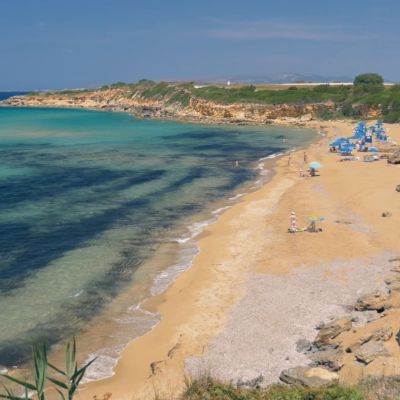
Ammes
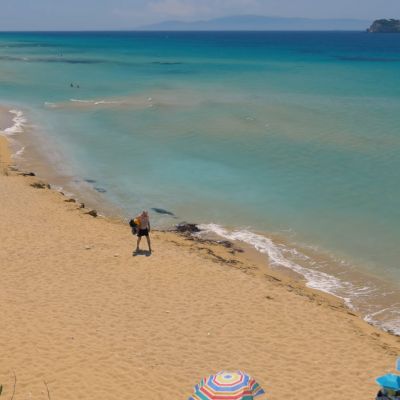
Avithos

Ayia Pelagia
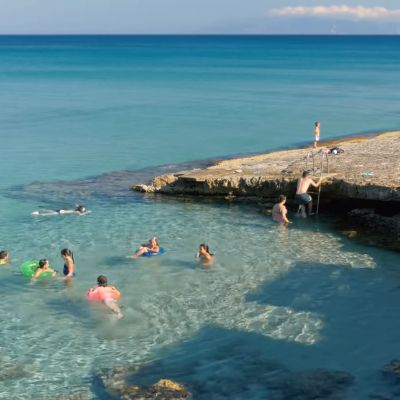
Ayios Thomas
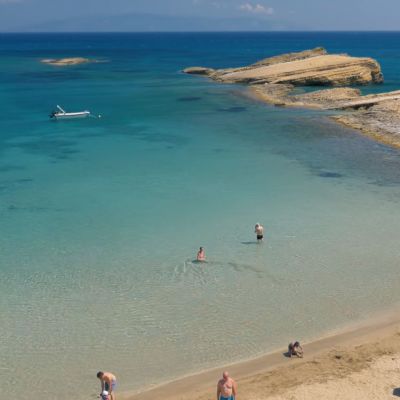
Klimatsias

Lithero

Lourdas
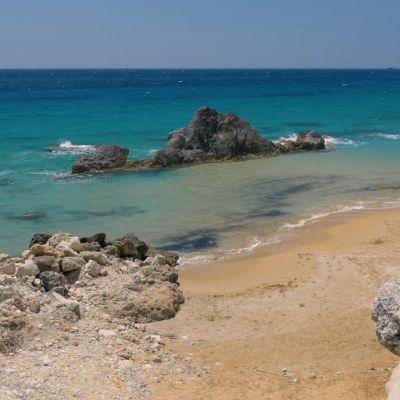
Paliolinos
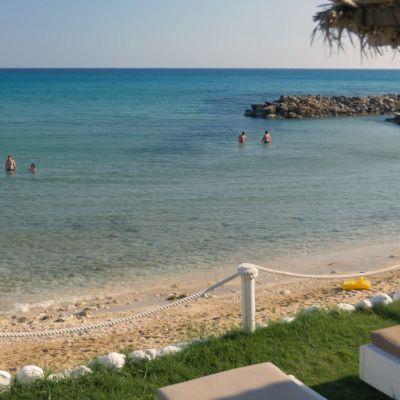
Trapezaki
Interesting Sights
Local Products

Olive Trees
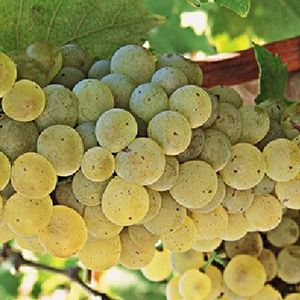
Robola Wine of Kefalonia
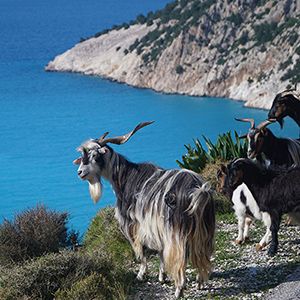
Animal Breeding

Tradional Pastry
Check out our guest reviews

© 2005 - 2020 • Ariastudios.gr
Designed by infohitech.gr



